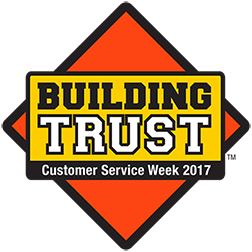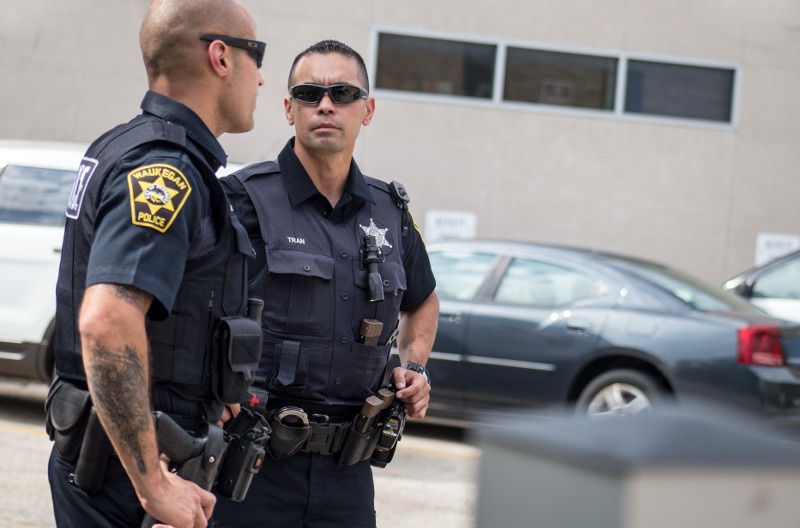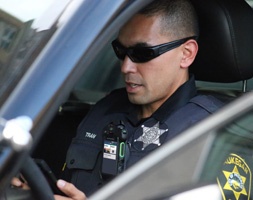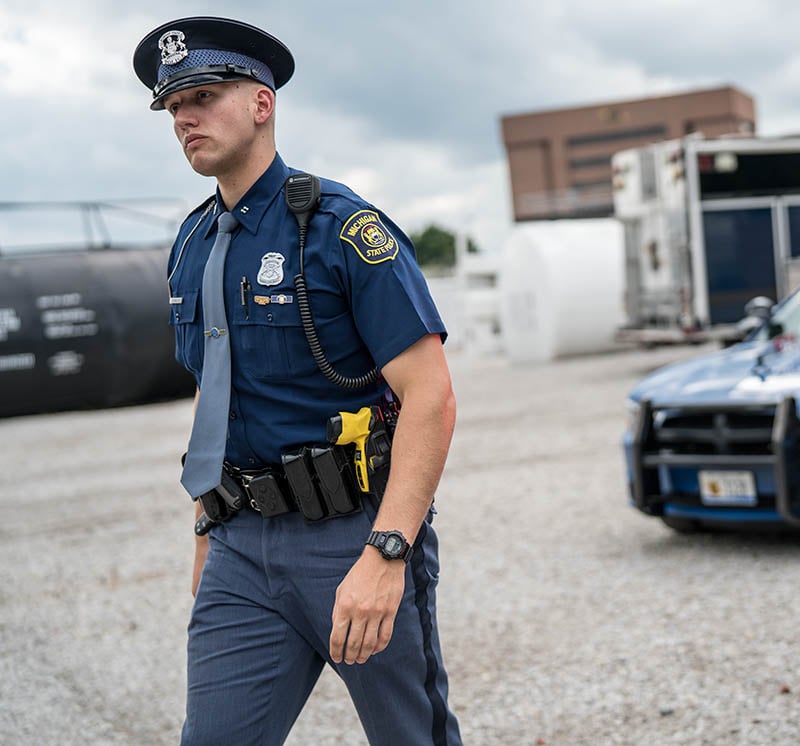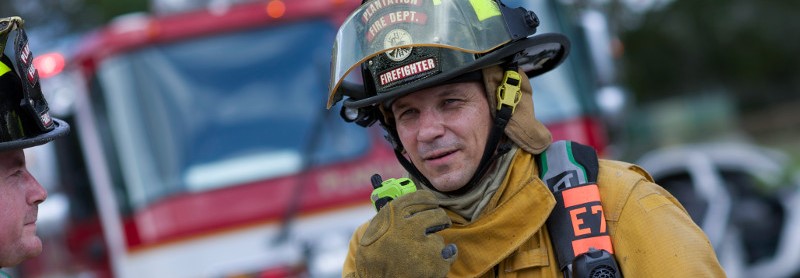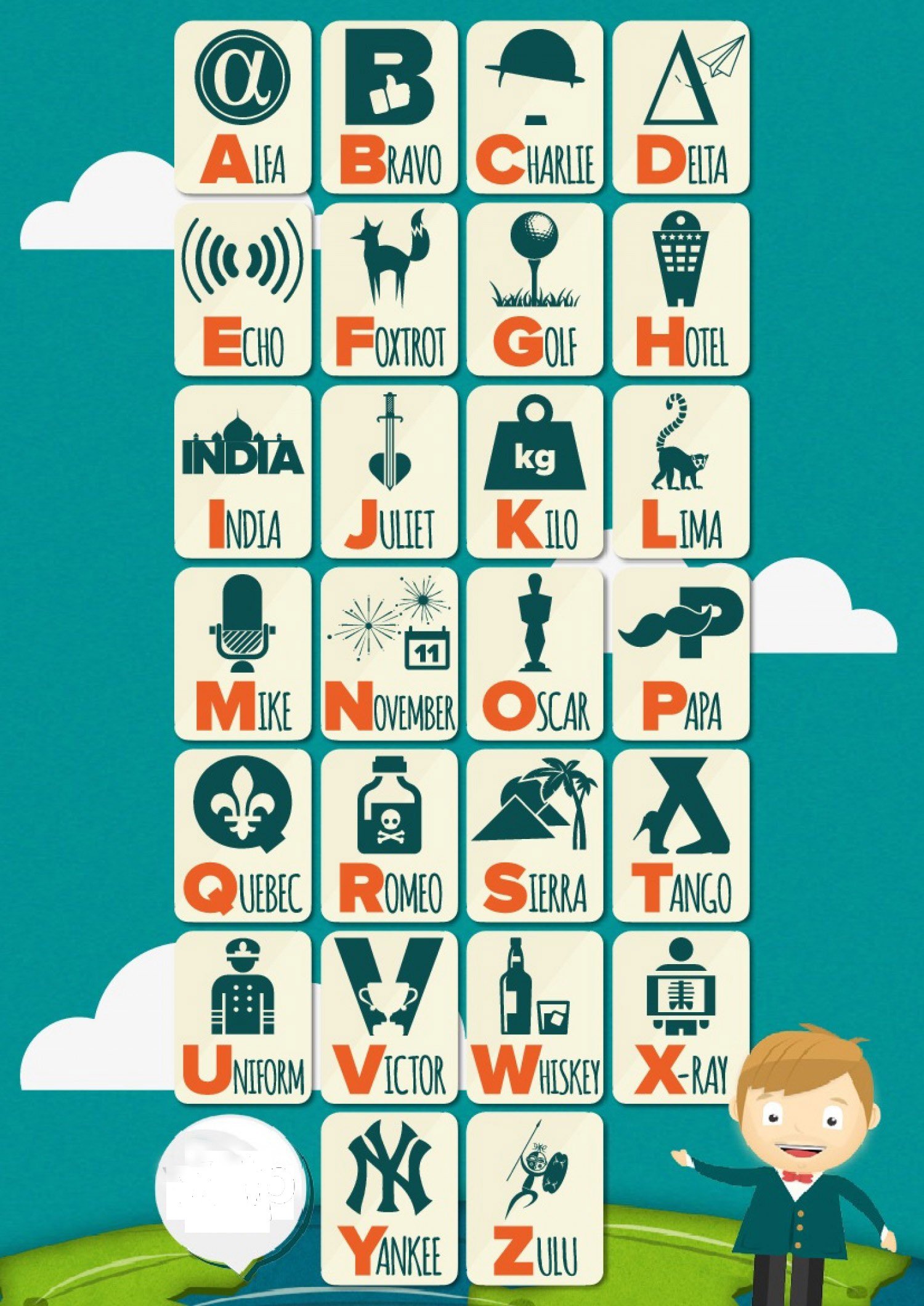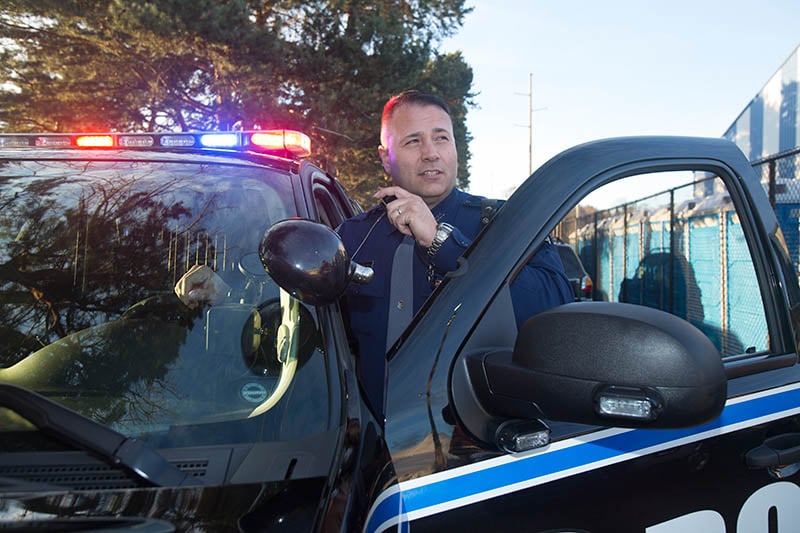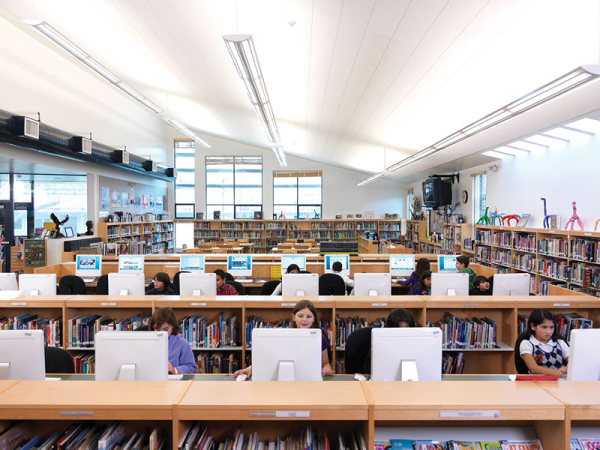Customer Service Week is the first week of October, and we here at Chicago Communications love having the chance to recognize our fantastic customers and hard-working customer-facing staff.
We strive to make outstanding service an everyday occurrence, and this week of events is a way to spotlight that even more.
Here’s a look at how we’ve celebrated Customer Service Week in the past.

